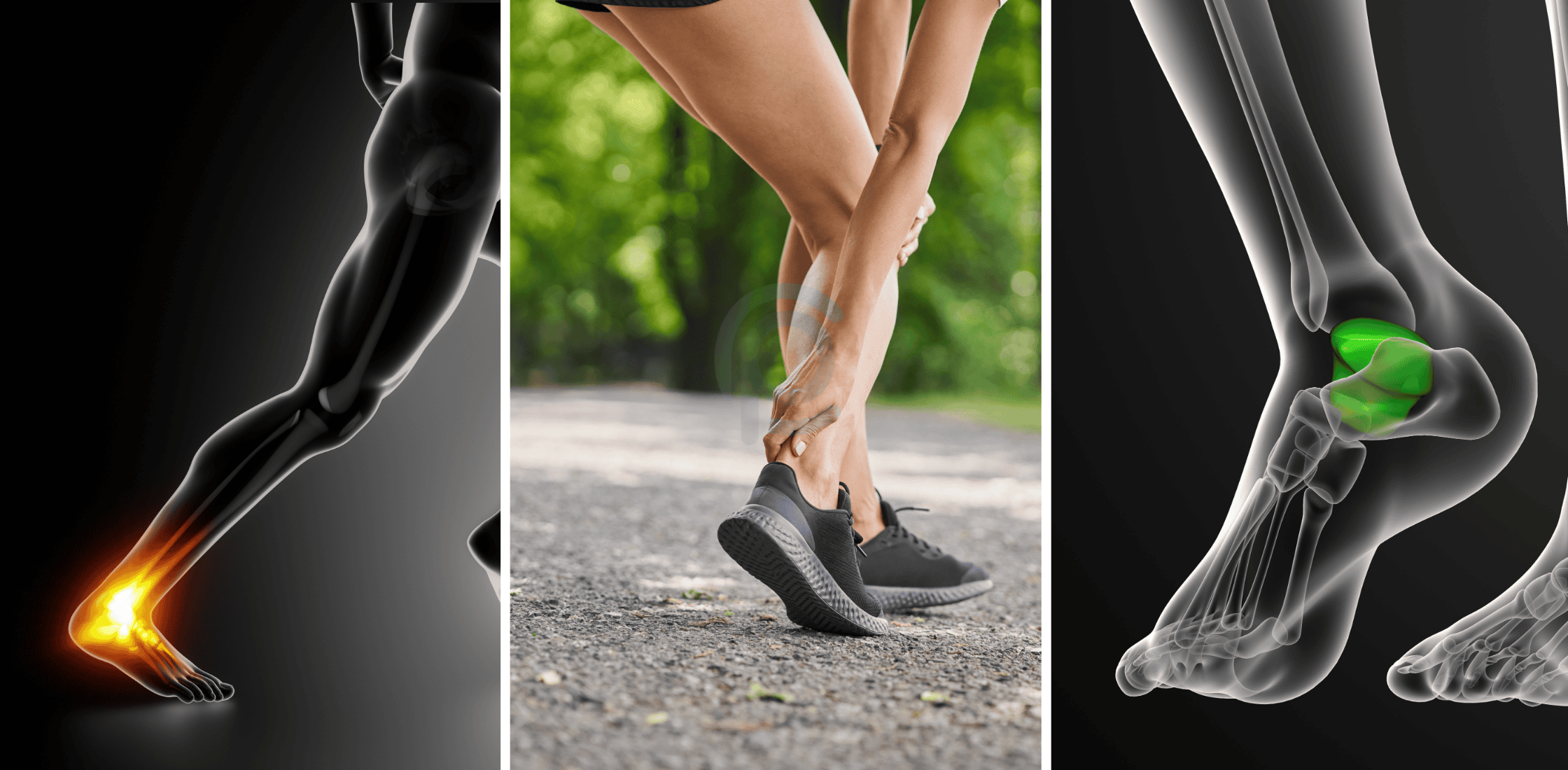Our joints rely on ligaments for support, much like a door depends on its hinges to open and close smoothly. Now, imagine if those hinges were too loose or faulty—the door would swing uncontrollably, lacking stability. This is what happens in hypermobility, where the ligaments are too lax, leading to excessive joint movement without adequate control.
You may have full flexibility—perhaps even beyond the normal range for a joint—but still experience stiffness, pain, or even fatigue in areas like your neck, upper back, and lower back. If you’ve ever visited a physiotherapist or health professional who told you, “You have a great range of motion, nothing to worry about,” yet you still struggle with persistent discomfort, this article is for you.
Let’s dive deeper into what hypermobility really is and how to manage it effectively.
What Is Hypermobility and the Hypermobility Spectrum?
Painful movement at a joint isn’t just about how much you can move—it depends on multiple structures, including:
- Joint structure – The way your bones fit together
- Ligaments – The connective tissues that provide stability
- Muscles – The supporting framework that controls movement
- Fascia – The web-like connective tissue surrounding muscles and organs
- Nerves – The communication network between the brain and body
If any of these components aren’t functioning optimally, you may experience symptoms such as pain, limited strength, nerve irritation, or even altered movement patterns.
Hypermobility falls on a spectrum, ranging from mild joint laxity to more complex conditions like Hypermobility Spectrum Disorder (HSD) or Ehlers-Danlos Syndrome (EDS). If you frequently feel pain or stiffness despite having full or excessive joint movement, you might be in this category.
Why Do You Feel Stiff Even If You’re Hypermobile?
One of the most common misconceptions about hypermobility is that stretching will relieve stiffness. However, stiffness in hypermobile individuals doesn’t come from tight muscles—it comes from instability.
Think back to our door analogy. If the door’s hinges don’t hold it in place properly, the surrounding frame (your muscles) must compensate by working overtime to control movement. Over time, these muscles become overworked, develop tension, and create trigger points—leading to the sensation of stiffness and pain.
This is why traditional stretching often doesn’t help hypermobility. Unlike people with naturally tight muscles, you don’t need more flexibility; you need stability to support your joints.
Key Symptoms of Hypermobility-Related Issues
- Persistent joint pain, even without obvious injury
- A feeling of stiffness that doesn’t improve with stretching
- Frequent muscle tension, tightness, or trigger points
- Recurrent joint subluxations (partial dislocations) or instability
- Difficulty maintaining posture for long periods
- Fatigue due to muscles overcompensating for lax ligaments
If these symptoms sound familiar, it’s essential to take a targeted approach to treatment rather than simply stretching or strengthening muscles without direction.
How Physiotherapy Can Help Manage Hypermobility
Managing hypermobility isn’t about forcing flexibility or simply relieving pain in the short term—it’s about building long-term stability and function. This requires a comprehensive, tailored rehabilitation plan that includes:
1. Low-to-Medium Load Resistance Training
Since your ligaments aren’t providing enough support, we need to train the right muscles to take over that role. This means:
- Strengthening stabilizing muscles (deep core, glutes, and scapular stabilizers)
- Improving neuromuscular control (training your brain and muscles to work together more effectively)
- Using controlled movements rather than heavy, high-impact exercises
2. Manual Therapy for Trigger Points & Muscle Tension
Since hypermobile individuals often develop chronic muscle tension from overuse, hands-on techniques like:
- Soft tissue release to relieve overactive muscles
- Joint mobilizations (if needed) to improve function without overstretching
- Myofascial techniques to reduce discomfort
3. Postural Support & Bracing (When Needed)
In some cases, external support can help stabilize hypermobile joints and reduce muscle fatigue. This might include:
- Taping techniques to provide proprioceptive feedback
- Bracing or orthotics to control excessive joint movement
- Ergonomic modifications (e.g., supportive chairs, adjusted workstations)
4. Education & Movement Awareness
Understanding how to move correctly is key to managing hypermobility. Your physiotherapist can teach you:
- Joint-protective movement strategies
- Postural adjustments for daily activities
- How to avoid excessive end-range movements that strain your joints
The Takeaway: A Proactive Approach to Hypermobility
Hypermobility doesn’t have to mean lifelong pain or frustration. With the right rehab plan, you can improve joint stability, reduce discomfort, and move with more confidence.
At Procure Physio, our physiotherapists specialize in creating personalized rehabilitation plans for hypermobility. If you’re tired of feeling stiff despite being flexible, let’s work together to build a program that supports your body’s unique needs.



